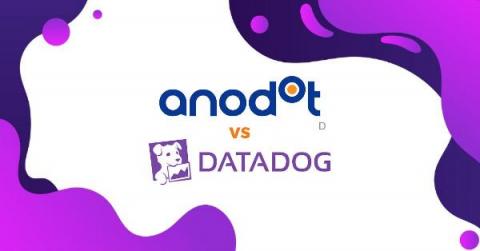Organizations Grapple with Skyrocketing Cloud Costs, Anodot Survey Finds
The pandemic upended business for many or at the very least cast a grim shade of uncertainty, so, as many took to working from home, they also were commissioned with cutting waste. Among the biggest sources of misspend in 2020 – cloud services. And remote work may have actually spurred the problem, as organizations migrate more applications to the cloud to support these workers.



